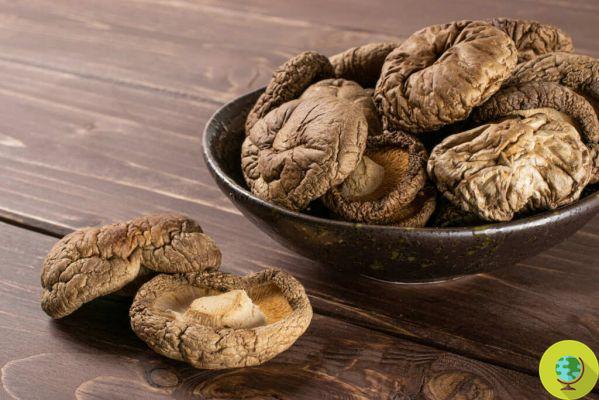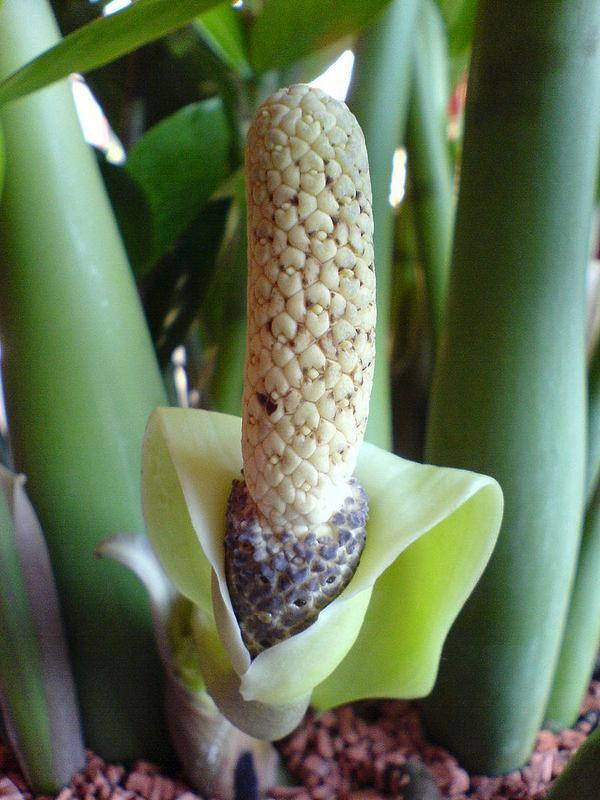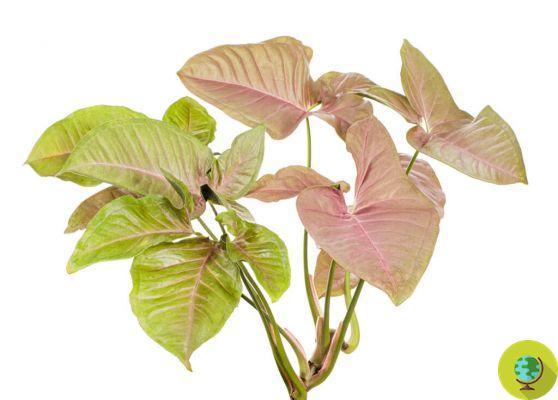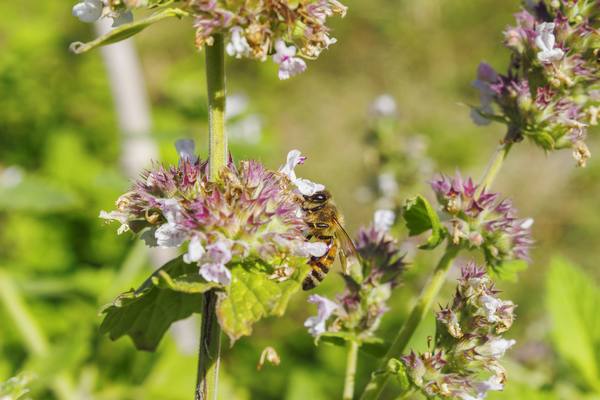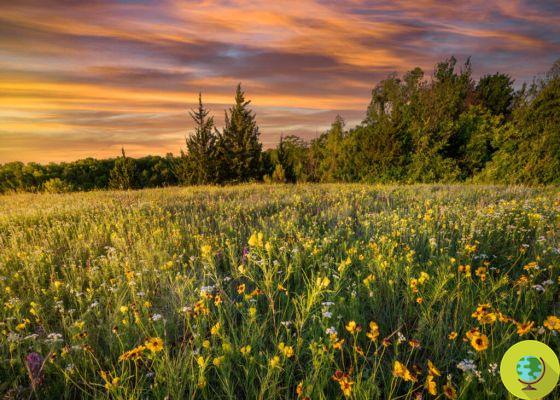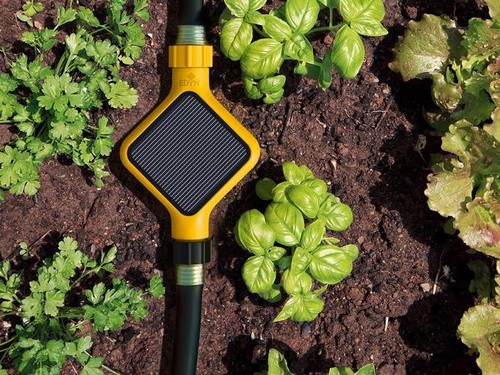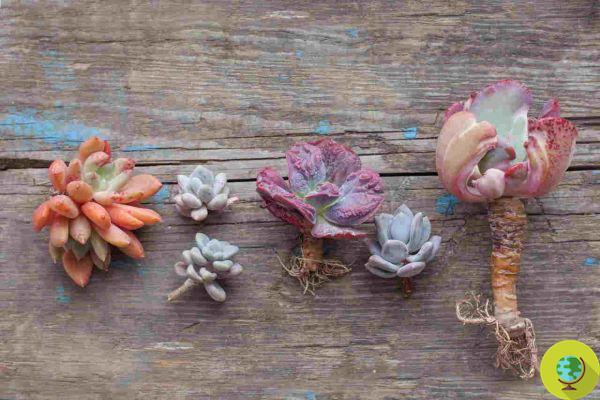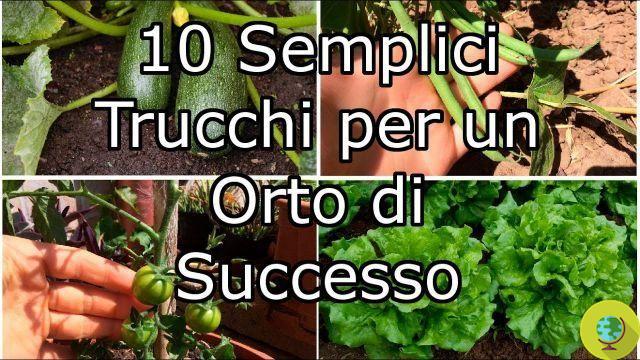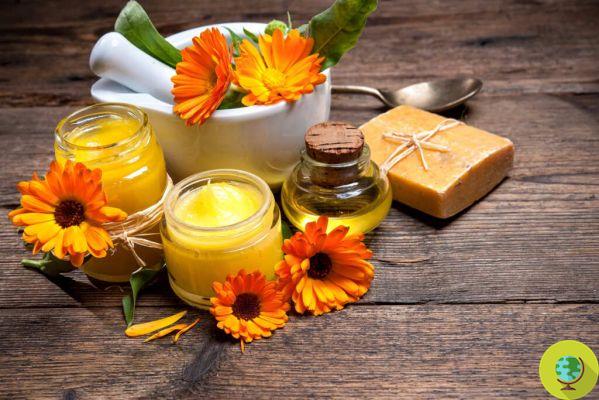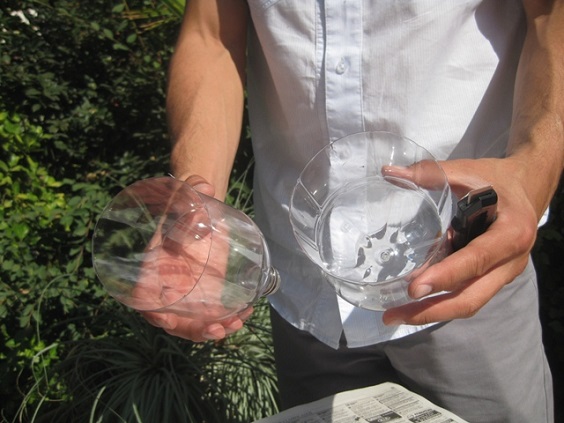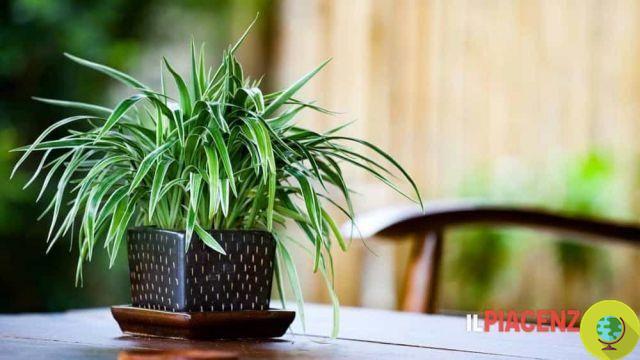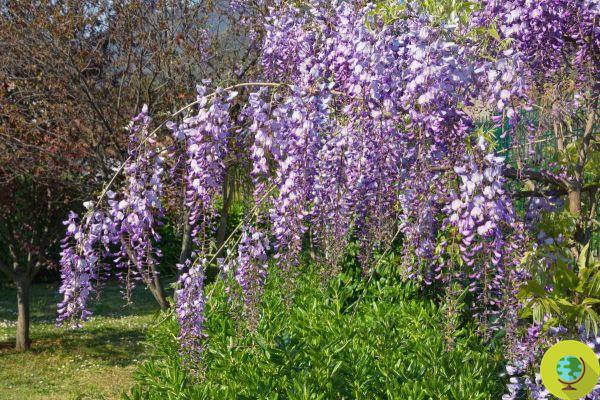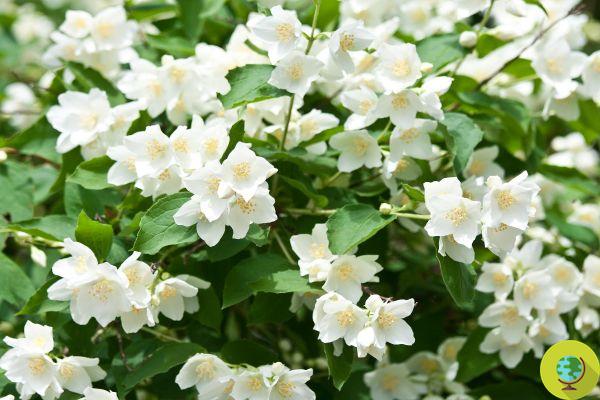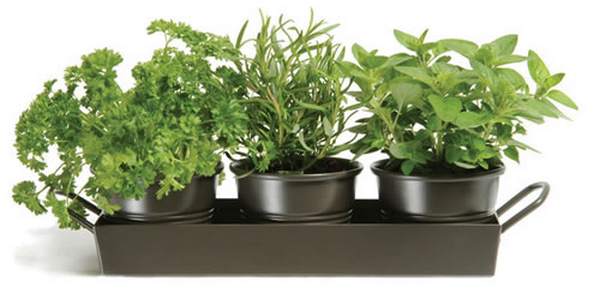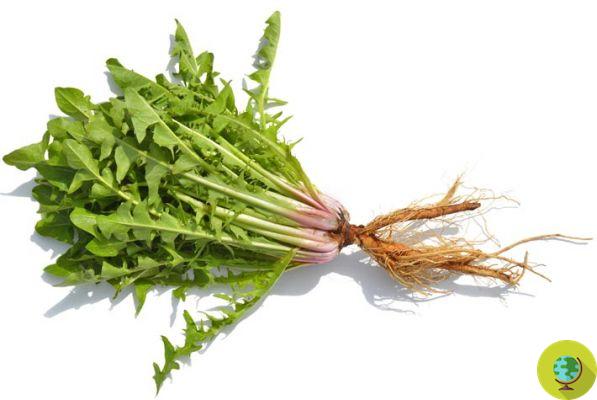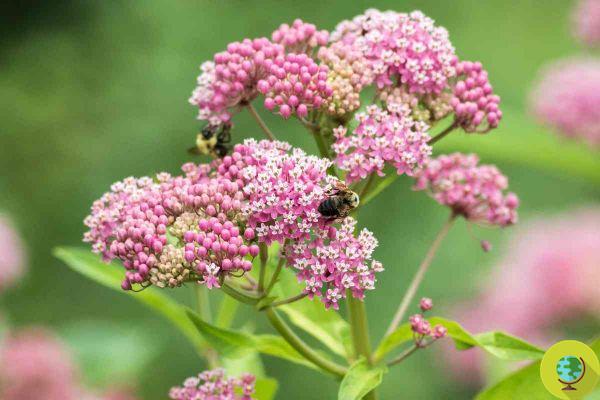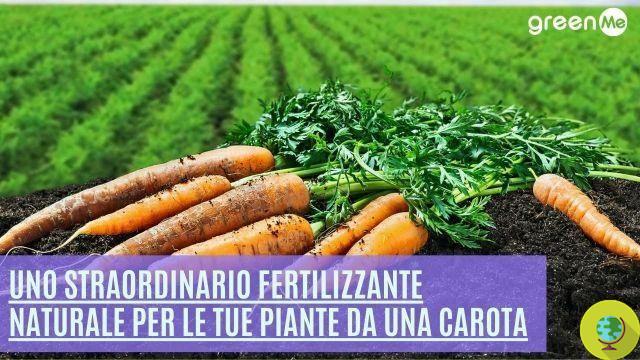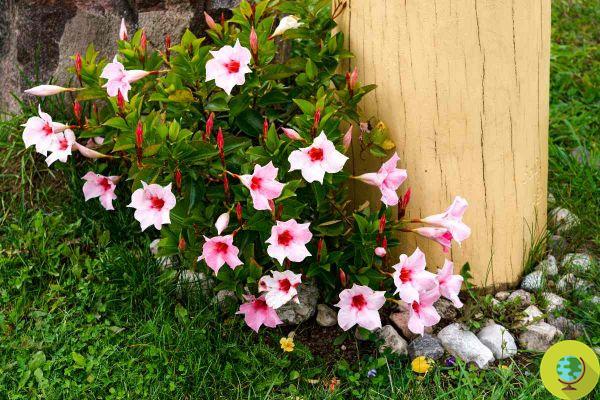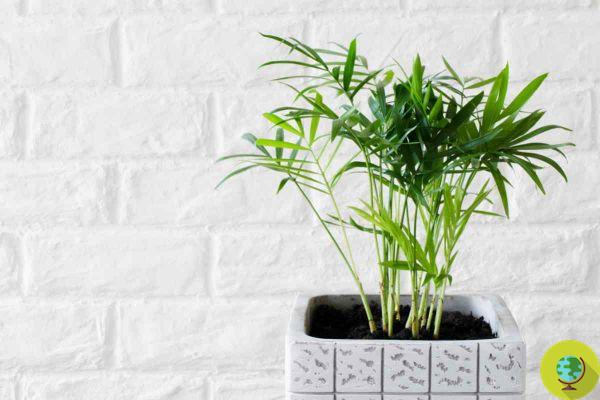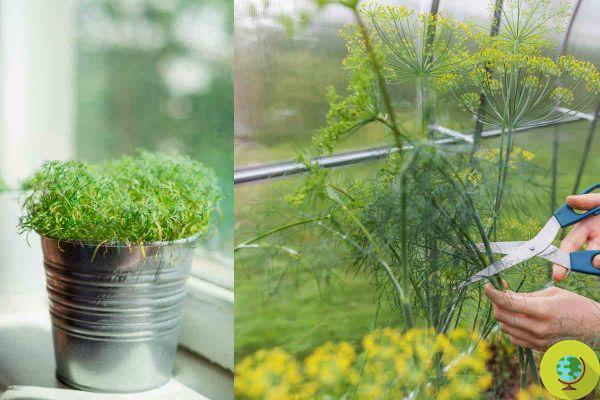
Dill is an aromatic herb used in cooking, which helps attract pollinating insects and butterfly caterpillars to the garden
He is about to end up run over, his mother saves himDill is an aromatic plant that belongs to the Apiaceae or Umbrelliferae family.
The scientific name of the dill is Anethum graveolens while it is also commonly called sweet dill or smelly dill.
The dill plant grows spontaneously in the wild, in which it behaves as a biennial species, and is widely cultivated as annual.
Index
Characteristics of dill
It is a herbaceous plant that reaches a maximum of one meter in height in nature, while its own when it is cultivated dimensions remain more contained.
Dill has thin stems, branched at the top, hollow and light green leaves, pinnatosette, arranged opposite on the stems. THE dill flowers they develop during the summer season: they are small and arranged in umbels, as suggested by the botanical family of this species. At the end of flowering the dill produces fruits containing the seeds, thanks to which the plant can reproduce.
Although it is an annual or biennial species, if dill is grown in open ground, new seedlings will form thanks to the seeds in the area where it was grown.
In addition to being an aromatic plant useful for giving flavor to various vegetable dishes and more, dill contributes to biodiversity: dill flowers attract numerous pollinating insects, while the caterpillars from which butterflies are born find hospitality under its leaves. . (Read also: How to attract butterflies to your garden)
When to plant dill?
To start the cultivation of dill you can buy seedlings already developed in the nursery or dill seeds.
When starting from an already developed plant, cultivation is obviously simpler, while for seeds the success of germination is not always guaranteed.
La sowing dill it is carried out in spring, in March-April, by burying the seeds directly in the ground or in pots at a depth of two or three centimeters and leaving about 30 centimeters of space between one seed and another.
Aromatic herbs to plant at the end of the month to have them available already in spring
Sowing can be carried out until the beginning of summer, so as to always have plants available.
After sowing, the soil must be kept moist to allow germination, which usually takes place after a couple of weeks.
Dill should be planted in fertile, neutral or basic soils, in a cool location sheltered from strong winds.
Dill is in fact sensitive to wind, high temperatures, as well as frosts and the amount of water.
How to grow dill
Dill plants can be grown in pots or in the ground, placing them in a shady place or reached by the sun when the temperature is not very high, for example in the morning.
When grown in pots, the dill plant should be provided with a medium to large container and, if kept indoors, choose a very bright location. For growing in pots, it is recommended to fertilize plants during the summer season to provide them with the nutrients necessary for growth.
Le irrigations they should be carried out regularly, especially during the hot months, taking care not to supply too much water.
Collection and use of dill
Le dill leaves they can be harvested as soon as the plant is adult and used fresh as a flavoring in the kitchen.
If you have a lot of dill plants, you can collect the stems and dry them, so that you have the dill available for some time. Dried dill leaves can be stored in closed containers away from sources of light and heat, while fresh ones can be stored in the freezer.
Dill has a pungent, strong, cumin-like aroma and a slightly spicy flavor. The fresh or dried leaves can be used to add flavor to soups, salads, vegetable side dishes and pickled vegetables.
Thanks to its properties, dill also contributes to making food more easily digestible, not only tastier: it is in fact a herb rich in essential oils that counteract intestinal fermentation, reducing abdominal swelling after meals.
I dill seeds they are harvested after flowering and can be stored for sowing or used in the kitchen. Even the seeds are in fact tasty and are used, whole or ground, in bread dough or to flavor pickled vegetables, sauces, sauces.
Follow us on Telegram | Instagram | Facebook | TikTok | Youtube
Other aromatic plants to grow at home:
- Parsley
- Portulaca
- Laurel
- Basil
- Timo
- Mint
- Cardamom
- Kratom





